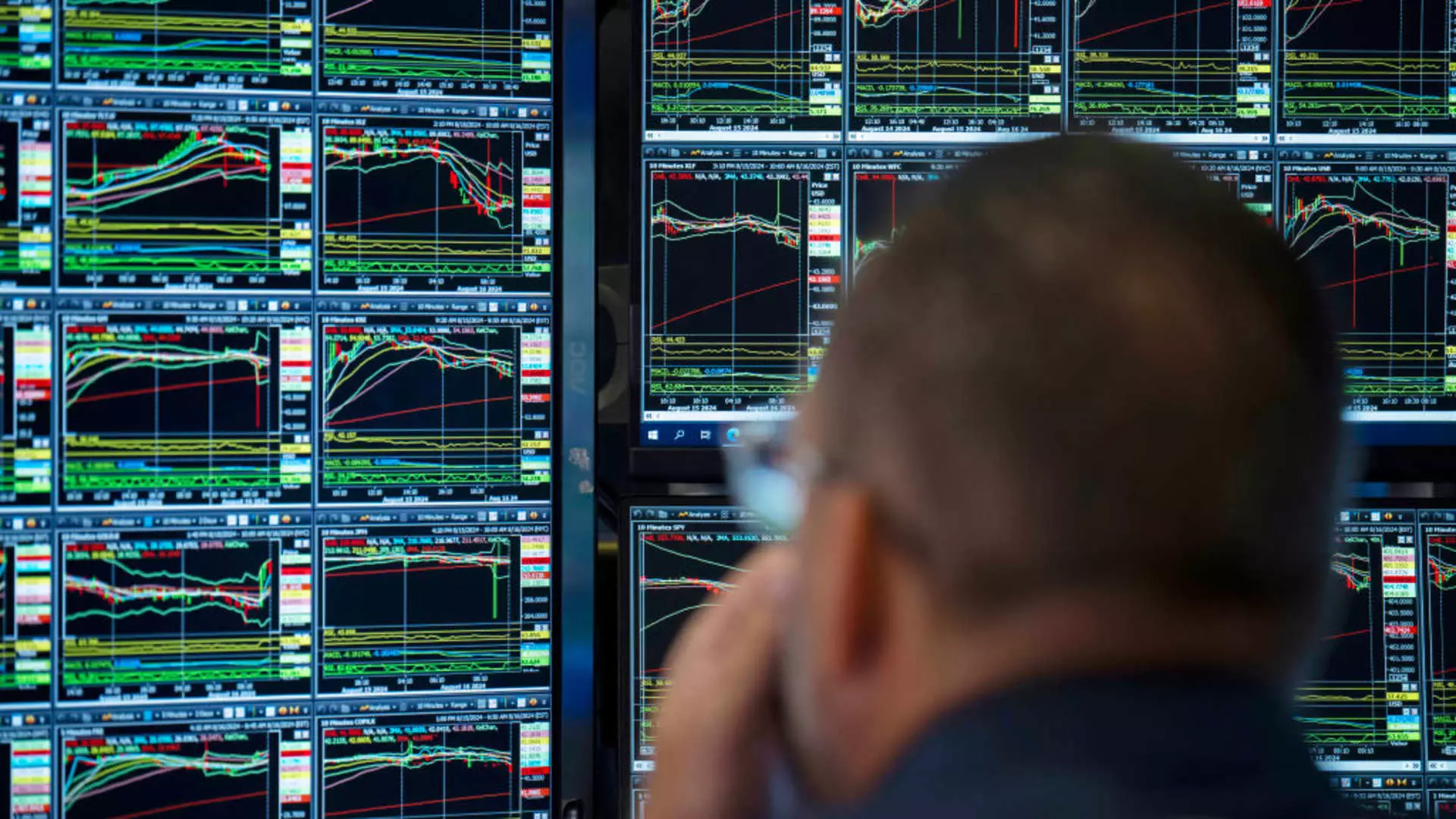In today’s volatile market, investors are seeking ways to protect their investments from potential downturns. One strategy gaining attention is the use of buffer exchange-traded funds (ETFs) to mitigate risk while still gaining exposure to the market.
Buffer ETFs, such as those offered by Innovator ETFs, provide investors with a level of downside protection while allowing them to participate in market gains. These ETFs issue monthly options that offer a set amount of protection against market declines. For example, the August ETF from Innovator ETFs, with the ticker PAUG, provides 15% downside protection.
The Benefits of Buffer ETFs
According to Bruce Bond, CEO of Innovator ETFs, these buffer ETFs are ideal for investors who want market exposure without taking on full market risk. Bond suggests that holding these ETFs until the end of the year can be advantageous, as the options are fully valued at that point and can be reset for the following year.
While buffer ETFs offer a unique way to hedge against market volatility, some experts remain skeptical. Mark Higgins, senior vice president at Index Fund Advisors, believes that investors may be overcomplicating a simple problem by using buffer ETFs. He suggests that individuals should be comfortable with the normal volatility of the markets and avoid making drastic decisions out of fear.
Higgins recommends exploring more cost-effective solutions for navigating market uncertainty. One such solution is to avoid constantly monitoring your portfolio and instead rely on the guidance of a financial advisor. By maintaining a long-term perspective and seeking professional advice, investors can better weather market fluctuations.
Buffer ETFs offer an innovative way for investors to hedge against market volatility while still participating in potential gains. While some experts remain cautious about the use of these ETFs, others see them as a valuable tool in uncertain times. Ultimately, the decision to invest in buffer ETFs should be based on individual risk tolerance and financial goals.

